There are a few things that the men in our lives claim to fear, and one of them is definitely a receding hairline. Now, while we might mock men for their vanity, it should be noted that this fear isn’t without merit as, according to research, by the age of 35, approximately 40% of men will experience visible hair loss, and the number jumps to 65% by the time they reach the age of 60.
Men and Their Receding Hairlines
Androgenic alopecia is the scientific term for a receding hairline and it is actually the most common cause of hair loss in men. According to research, a receding hairline is triggered by the presence of dihydrotestosterone (DHT), a male sex hormone.
As much as society lauds women for the attention that they pay to their hair, it should be noted that men also have an emotional attachment to their locks as well. According to the Dove Men+Care 2017 Men’s Hair Census, eight out of 10 men view their hair as a reflection of their personal style, and as something that helps them look both masculine and professional.
Additionally, six out of 10 wish they had healthier-looking hair, one out of five men admitted to feeling jealous of a friend’s hair and 90% of respondents admitted to touching up their hairstyles in the mirror at least once a day.
How do you know if your hairline is receding?
When it comes to men and hair loss, there is a distinct pattern that forms when their hairline begins to recede.
A receding hairline usually begins with light hair thinning around the front corners of the forehead, or the temples and the hairline begins to slowly recede.
Soon a noticeable “M” shape begins to form at the hairline before the hairline continues to recede not only at the temples, but also in the middle of the forehead, the sides, and at the back of the head in a bald spot.
What causes a receding hairline?
A receding hairline is often hereditary, with men with a family history of baldness facing a higher risk of losing their hair.
Other factors that may contribute to a receding hairline include:
- over-styling hair (especially with heat)
- tight hairstyles (cornrow, manbuns, and braiding)
- Overuse of chemicals (coloring hair)
- A poor diet rich in trans fats, processed foods, and sugar
- smoking cigarettes- a study found that men who smoke more than 20 cigarettes a day are more than twice as likely to experience moderate or severe hair loss than men who have never smoked or have quit.
- Medications or treatments
- Physical or Emotional Stress
How is a receding hairline diagnosed?
To understand the source behind your hair loss, it’s best to consult a dermatologist. They will ask you about your personal and family medical history, and they may even perform a pull test.
They will gently pull on a few hairs to see how easily they fall out. They may also perform a biopsy of the hair to better determine the issue behind the hair loss.
What are the treatment options?
There are a few ways in which one can address a receding hairline, the most popular being the use of medication, surgical treatment, and non-invasive options.
Medication
Minoxidil
Minoxidil (Rogaine) is an over-the-counter hair loss treatment that has been approved by the United States Food and Drug Administration (FDA). Not only can it address hair loss caused by lifestyle choices, but it can also help treat hair loss caused by genetics.
The treatment is applied directly to the scalp, usually twice a day. It works by thickening hair follicles, helping them grow more efficiently and this then translates to healthier hair.
In regards to its effectiveness, research has found that 40% of men who used minoxidil experienced new hair growth.
It should be noted that, minoxidil effects typically last as long as you continues to use the treatment which means that if you don’t use it, you will definitely lose it.
Finasteride
Finasteride (Propecia) is a prescription pill that helps stop hair loss by disrupting dihydrotestosterone (DHT) – the same hormone that’s credited with causing male pattern baldness.
As effective as it is, research has shown that there are better hair growth results when Finasteride and minoxidil are used together.
That said, Finasteride is only available with a prescription.
Surgical Treatment
Hair transplant
There are two different methods of hair transplants whereby the surgeon moves hair from the back of your head to the front in order to provide a fuller appearance. The good news is that the newly implanted hair plugs will continue to grow healthily in their new location.
The first method is follicular unit transplantation (FUT), whereby a piece of your scalp – an entire strip of hair rather – is removed and replanted.
The second method is follicular unit extraction (FUE), whereby individual follicles are relocated (sometimes the hair follicles can even be taken from the chest!).
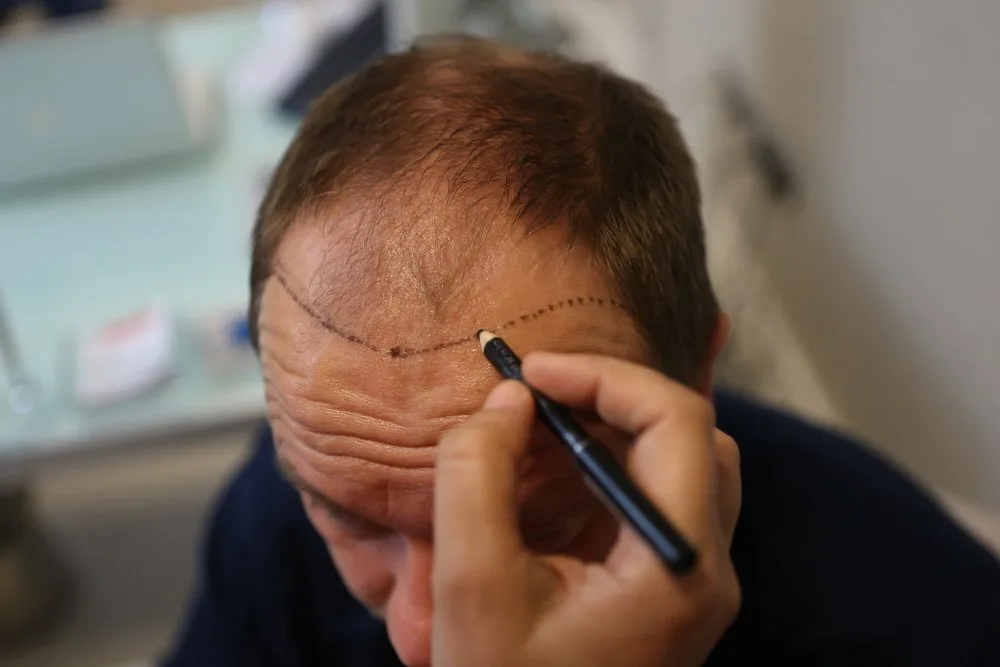
Non-invasive procedures
Stem cell treatment
In this procedure, using liposuction, fat is harvested from your body, mechanically separated, and then centrifuged to isolate the stem cells. These stem cells are then injected into your scalp in hopes that they trigger the body’s natural regenerative mechanism, encouraging hair growth.
Micropigmentation
This is whereby one tattoos a hairline back in to give the illusion of hair. It is often best for those who rock a shaved head but are conscious of their receding hairline.
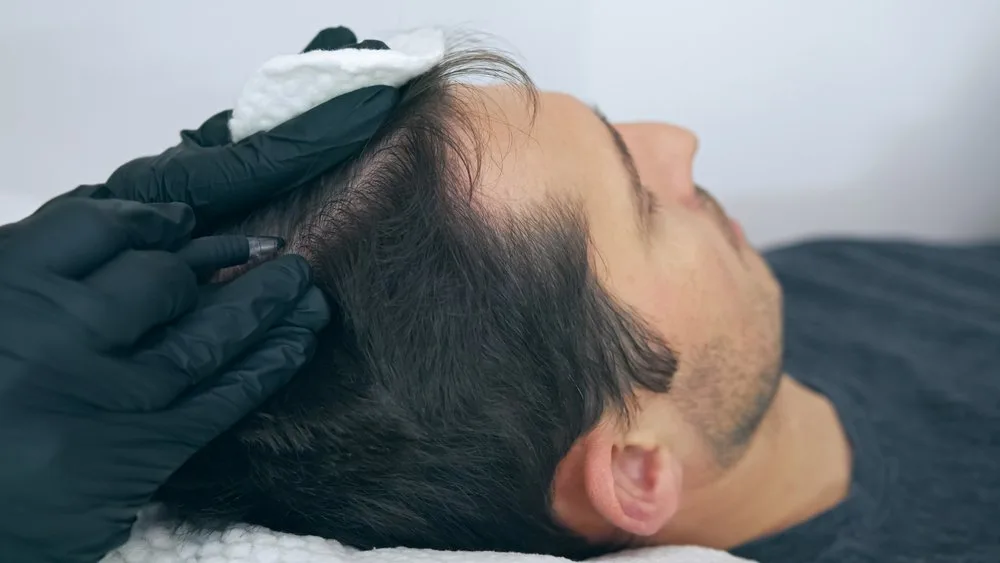
Low-level laser therapy
This procedure uses a laser to stimulate hair growth on your scalp.
Platelet-rich plasma
Similar to the vampire facial, this is a process whereby a person’s blood is drawn, processed into a high-platelet concentration of plasma, and then injected back into the patient’s scalp in hopes of encouraging hair growth.
Lifestyle hacks for a receding hairline
Be gentle to your scalp
Be it scratching, styling, tightening, or washing, paying too much attention to your hair can be the reason why your hairline is receding.
It’s important to be gentle to your hair and not put unnecessary stress on your follicles (this means wearing your man-buns and ponytails as loose as possible).
Try essential oils
According to a study published in Toxicological Research, mice that were treated with peppermint essential oil showed the most prominent signs of hair growth when compared to any other group.
Other essential oils that have been found to encourage hair growth include lavender and rosemary. That said, you should remember to mix your essential oil of choice with a carrier oil, such as almond oil, coconut oil, or jojoba oil, before applying it to your scalp.
Use the right hair products
Make sure that the products you’re using are free of any harsh chemicals or ingredients that may be stripping your hair of its health.
In addition to opting for more natural hair products, be sure to avoid wax or oil-based styling products. This is because wax and oil can lead to build-up, which can also contribute to hair loss. Instead, opt for water-based products.
Eat for your hairline
You are what you eat, and so is your hairline. So, if you really want to protect the health of your locks, it’s important to provide your hairline with nutrients that will help it stay healthy.

The best nutrients for your hairline include:
- Protein– A lack of protein can lead to hair loss. Salmon, legumes, lentils, as well as nuts and seeds, are great sources
- Iron– Needed for cellular growth and repair. Can be found in green, leafy vegetables like spinach, dried fruit as well as beans
- Vitamin C– helps the body absorb iron and encourages the production of collagen. It can be found in grapefruit, tomatoes, potatoes, peppers as well as strawberries, and brussels sprouts.
- Zinc– Regulates the oil glands around hair follicles and can be found in kidney beans, chicken breast, and whole grains.
De-stress
As we know, stress can negatively affect your health, as well as that of your hairline.
Granted, it’s been a bit of a stressful year so it’s understandable if you’re feeling overwhelmed. To combat this, try going for a walk, exercising, or even gardening as this will help you unwind.
Grow facial hair
If you really want to take attention away from your head, why don’t you trying growing facial hair? Be it a beard or moustache, facial hair is a great way to distract curious eyes from your receding hairline.
Textured Crop
For this hairstyle, you’ll need dry or matte products that’ll add texture and volume to your hair.
To style it, blow-dry your hair on medium heat, and use your fingers to add volume, and push your fingers through your hair in the direction you’d like your hair to sit (forward).
Crew cut
A classic cut, this is whereby your barber keeps the back and sides of your head closely cropped with hair left only a little longer on top.
The style helps to make the hair appear thicker and the front can be easily styled to hide the receding hairline.
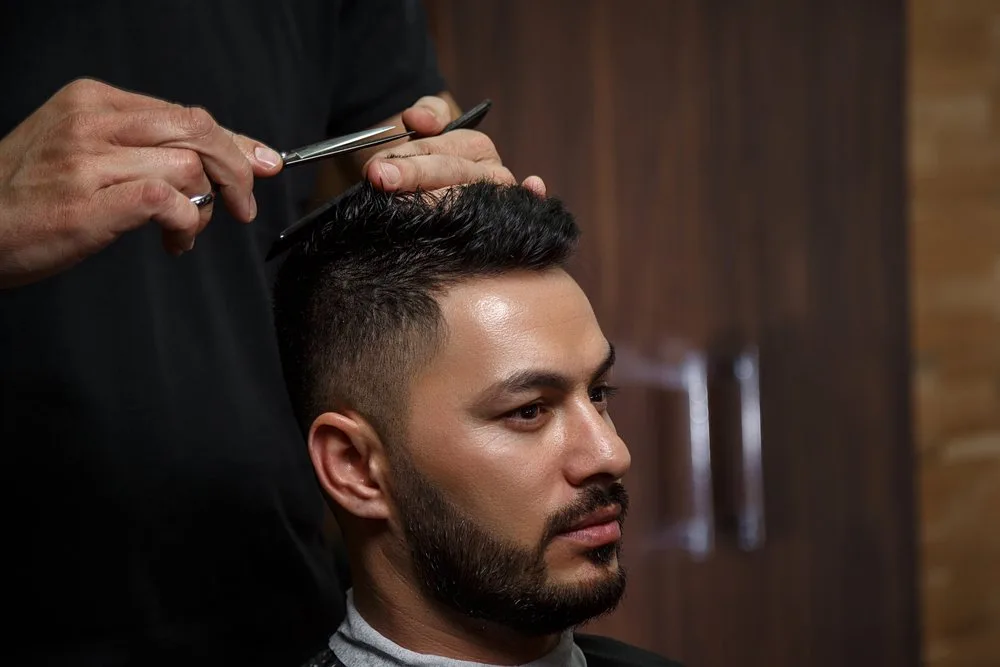
The French crop
This is the perfect hairstyle for those battling with the ‘M’ shape.
For the style, a fringe, which can be cut in a line then layered to give texture, is created at the top of your head. Your barber will also fade the back and side down low before blending the top weight.
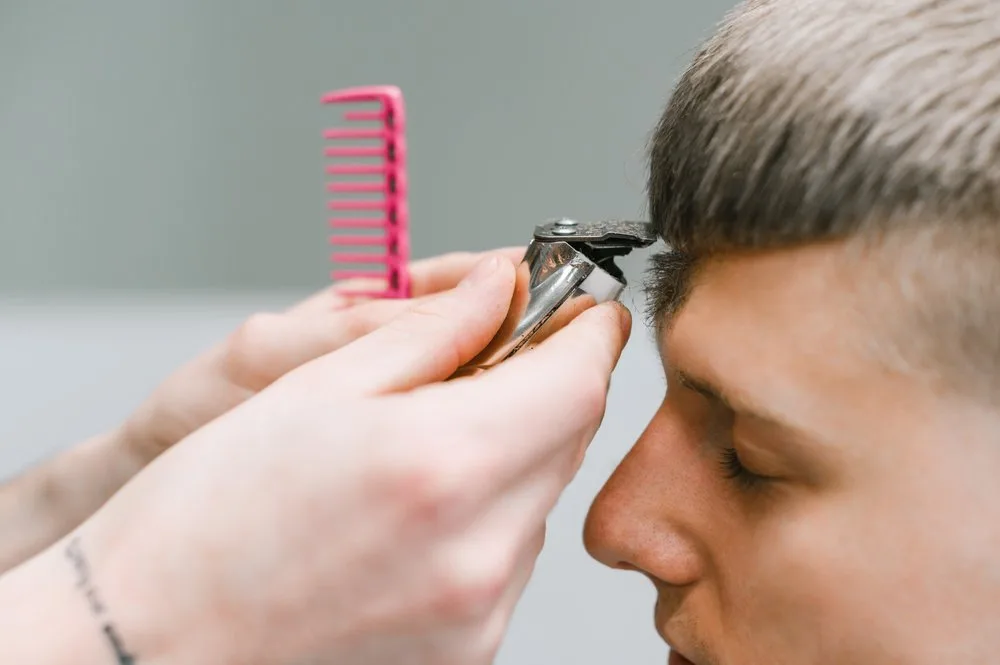
The buzz cut
This is a great option if you’re too worried about doing a complete shave.
It’ll help to reduce the appearance of your receding hairline and you won’t have to worry too much about maintenance.
The close shave
Shaving your head bald is an option as well.
You’d be surprised at how liberating it is to just throw in the towel and go completely bald. That said, if you still have your reservations, you can opt for a buzz cut so that you can have a better idea of how you’ll look bald before you fully commit.
Let nature take its course
That’s right. The cheapest and easiest option would be to accept your receding hairline and wear it with pride. Granted, it may take a bit of getting used to but you may start to find that you actually like it.
References
Diani, A. R., Mulholland, M. J., Shull, K. L., Kubicek, M. F., Johnson, G. A., Schostarez, H. J., Brunden, M. N., & Buhl, A. E. (1992). Hair growth effects of oral administration of finasteride, a steroid 5 alpha-reductase inhibitor, alone and in combination with topical minoxidil in the balding stumptail macaque. The Journal of clinical endocrinology and metabolism, 74(2), 345–350. https://doi.org/10.1210/jcem.74.2.1309834
Goren, A., Shapiro, J., Roberts, J., McCoy, J., Desai, N., Zarrab, Z., Pietrzak, A., & Lotti, T. (2015). Clinical utility and validity of minoxidil response testing in androgenetic alopecia. Dermatologic therapy, 28(1), 13–16. https://doi.org/10.1111/dth.12164
Oh, J. Y., Park, M. A., & Kim, Y. C. (2014). Peppermint Oil Promotes Hair Growth without Toxic Signs. Toxicological research, 30(4), 297–304. https://doi.org/10.5487/TR.2014.30.4.297


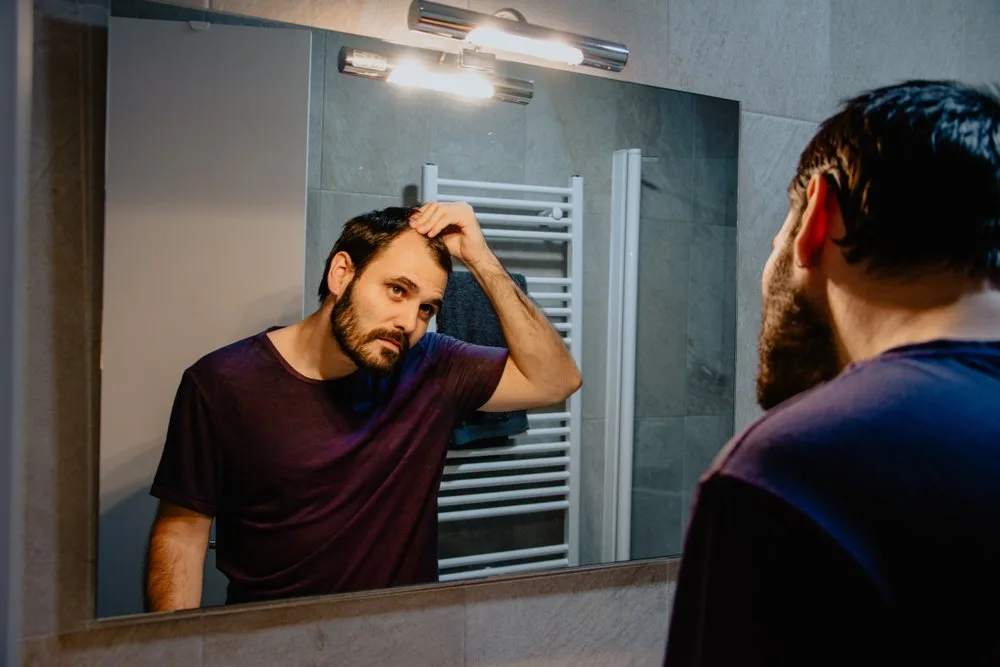
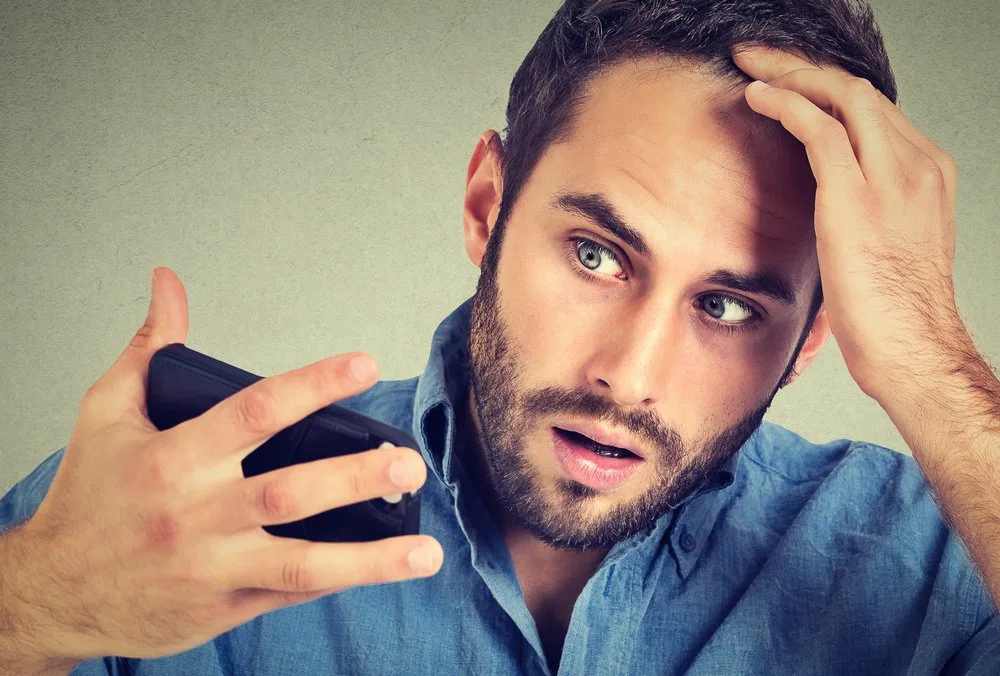
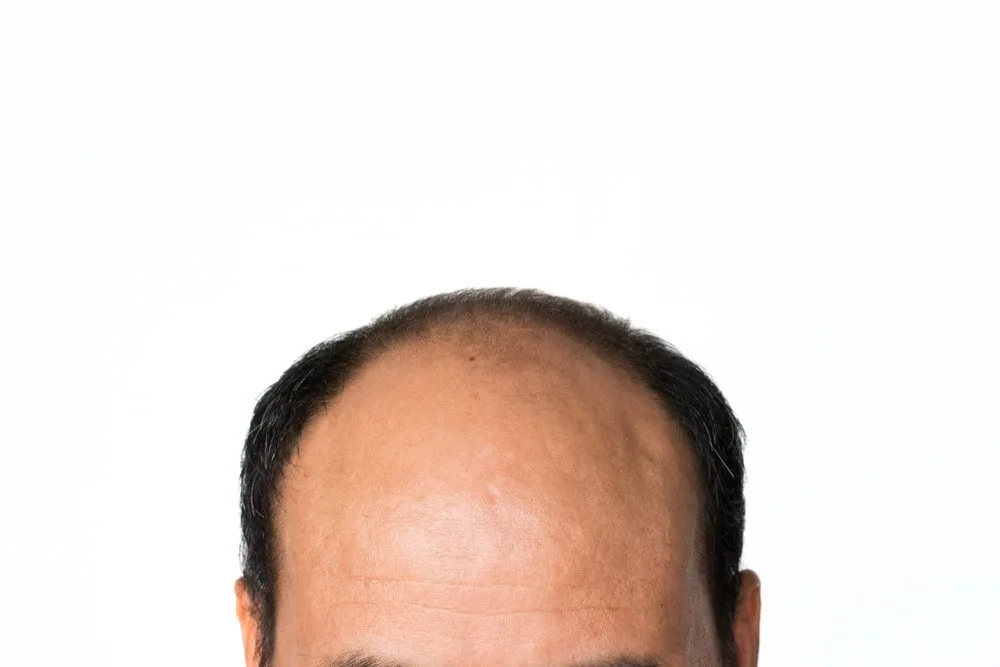

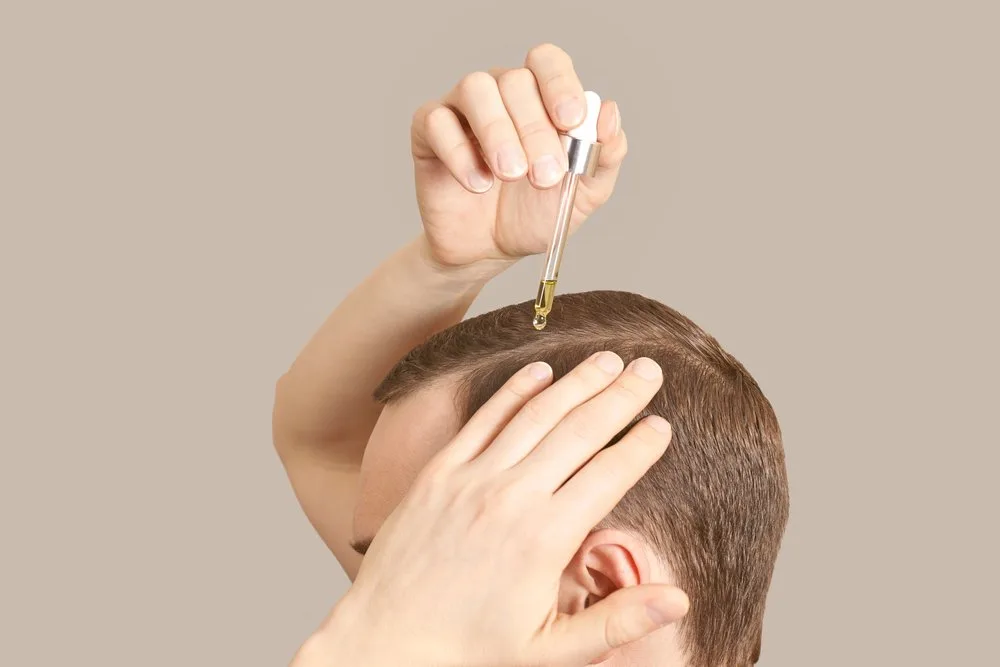
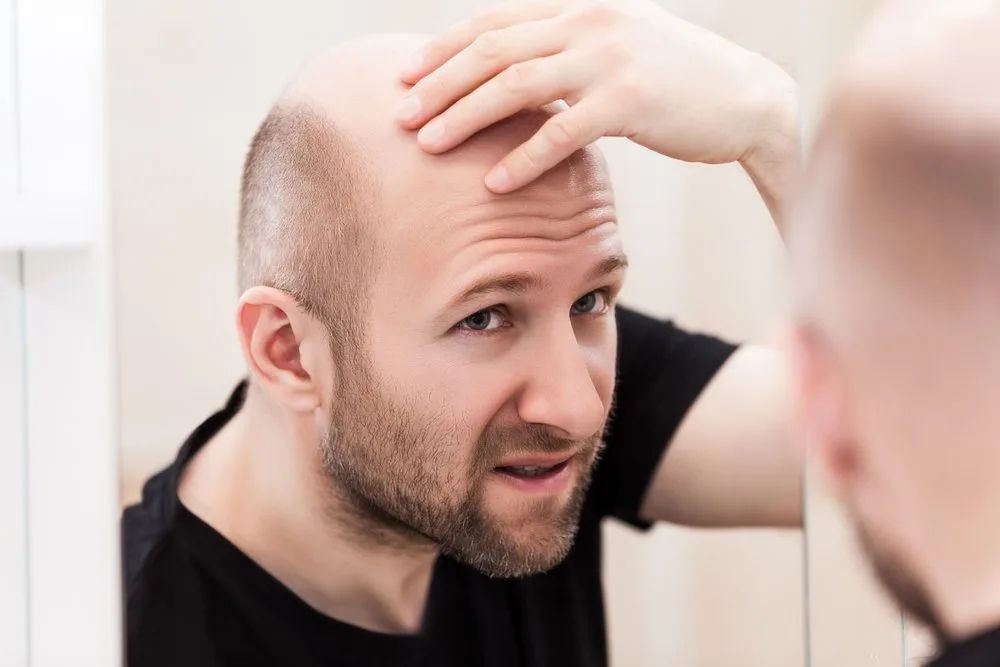


![women [longevity live]](https://longevitylive.com/wp-content/uploads/2020/01/photo-of-women-walking-down-the-street-1116984-100x100.jpg)









